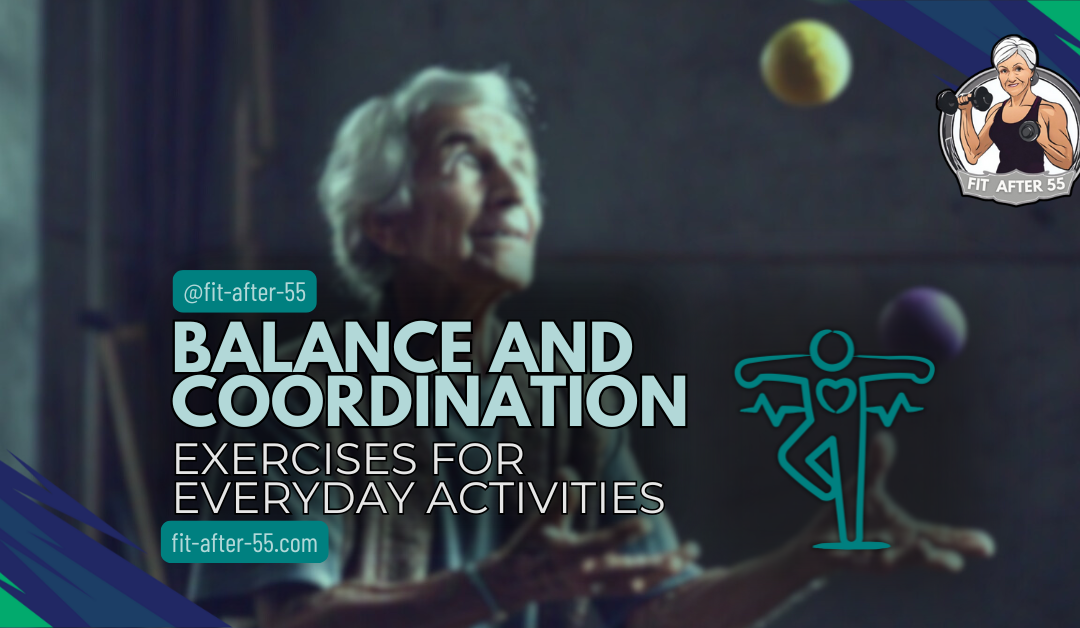Balance and coordination exercises aren’t just nice-to-haves; they’re fundamental to living an active, independent life, especially for seniors. But for those in their youth, building these skills now can set the stage for long-term stability and confidence. These exercises support everything from simple daily tasks to active hobbies, offering a steady foundation and a smoother, more resilient way to move through life.
Read on to discover why focusing on balance and coordination today can make all the difference tomorrow.
Balance and Coordination Exercises: Your Path to a Stronger, More Stable You
Balance and coordination aren’t just for athletes. They’re crucial skills that help you tackle everyday tasks, from walking down the street to reaching for items on a high shelf. When these skills are off, simple activities like getting out of bed can become daunting challenges.
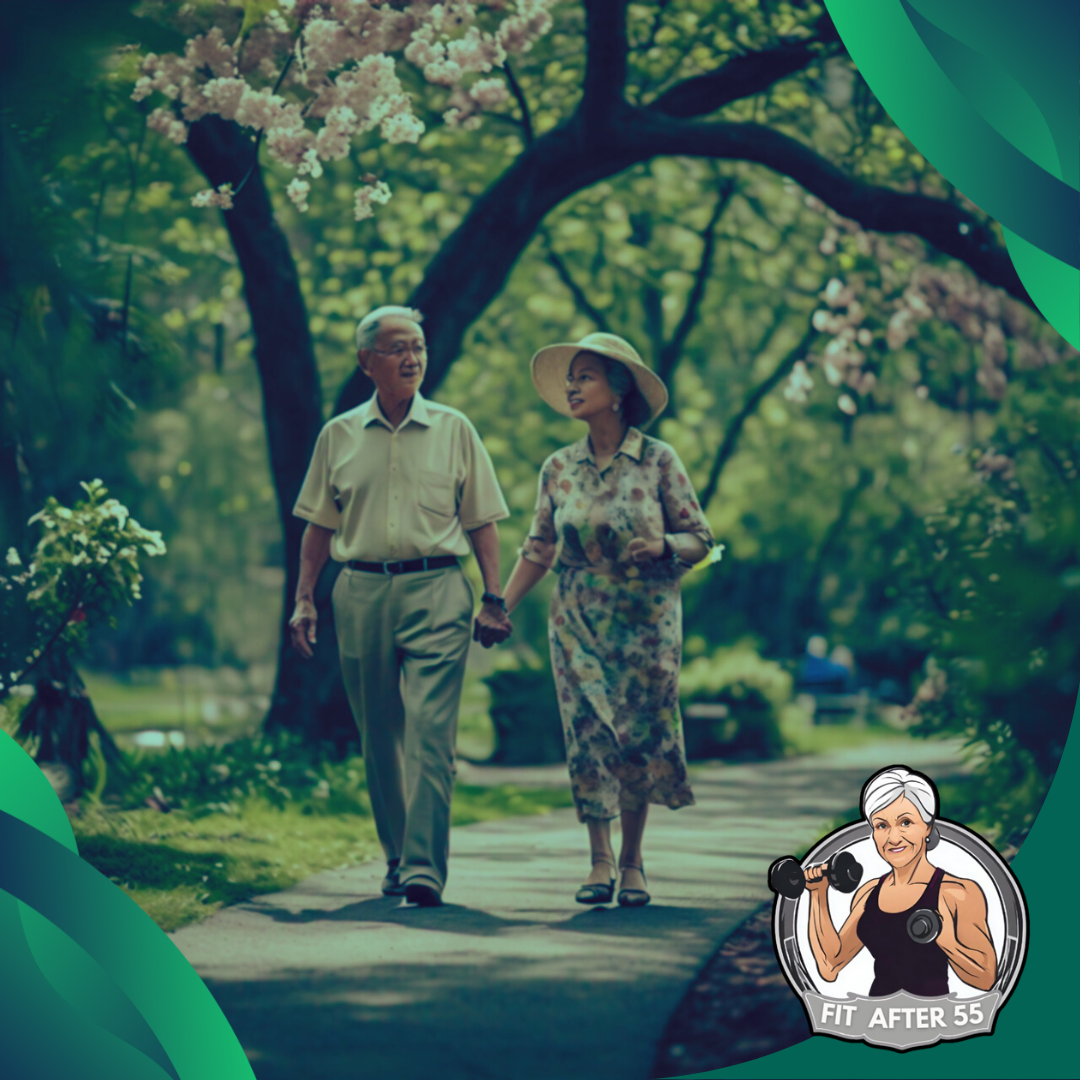
Balance is basically your body’s ability to stay upright, whether you’re moving or standing still. Think of coordination as your body’s behind-the-scenes choreographer, ensuring all parts work together smoothly. Together, they keep you moving confidently through life.
Ignoring balance and coordination issues can lead to more than just a few bumps and bruises. Poor balance might lead to falls, which are a leading cause of injuries in older adults. Bad coordination could make daily tasks inefficient and frustrating.
Building up these skills isn’t just about safety. It’s about maintaining independence and living your best life, whether that means playing with grandkids or dancing the night away. The good news? With a bit of practice, anyone can improve their balance and coordination.
Exercises to Improve Balance
Improving your balance is like giving yourself a steady foundation, much like the roots of a tree. One of the simplest ways to start is with standing exercises. Try standing on one leg—you can do this while brushing your teeth or waiting for the bus. It’s simple but surprisingly effective.
Walking in a straight line, placing one foot directly in front of the other, is another great way to boost your steadiness. This heel-to-toe walk tests your balance while moving, making daily life movements smoother.
Tai Chi isn’t just for the park crowd. This ancient practice involves slow, controlled movements that are great for balance. With regular practice, you might find yourself walking taller and dodging those pesky trip-ups with grace.
For a more dynamic approach, balance boards and cushions are your friends. They introduce a challenge by making your standing surface unstable, prompting your muscles to work overtime to keep you steady. These tools are fantastic for adding variety and fun to your routine.
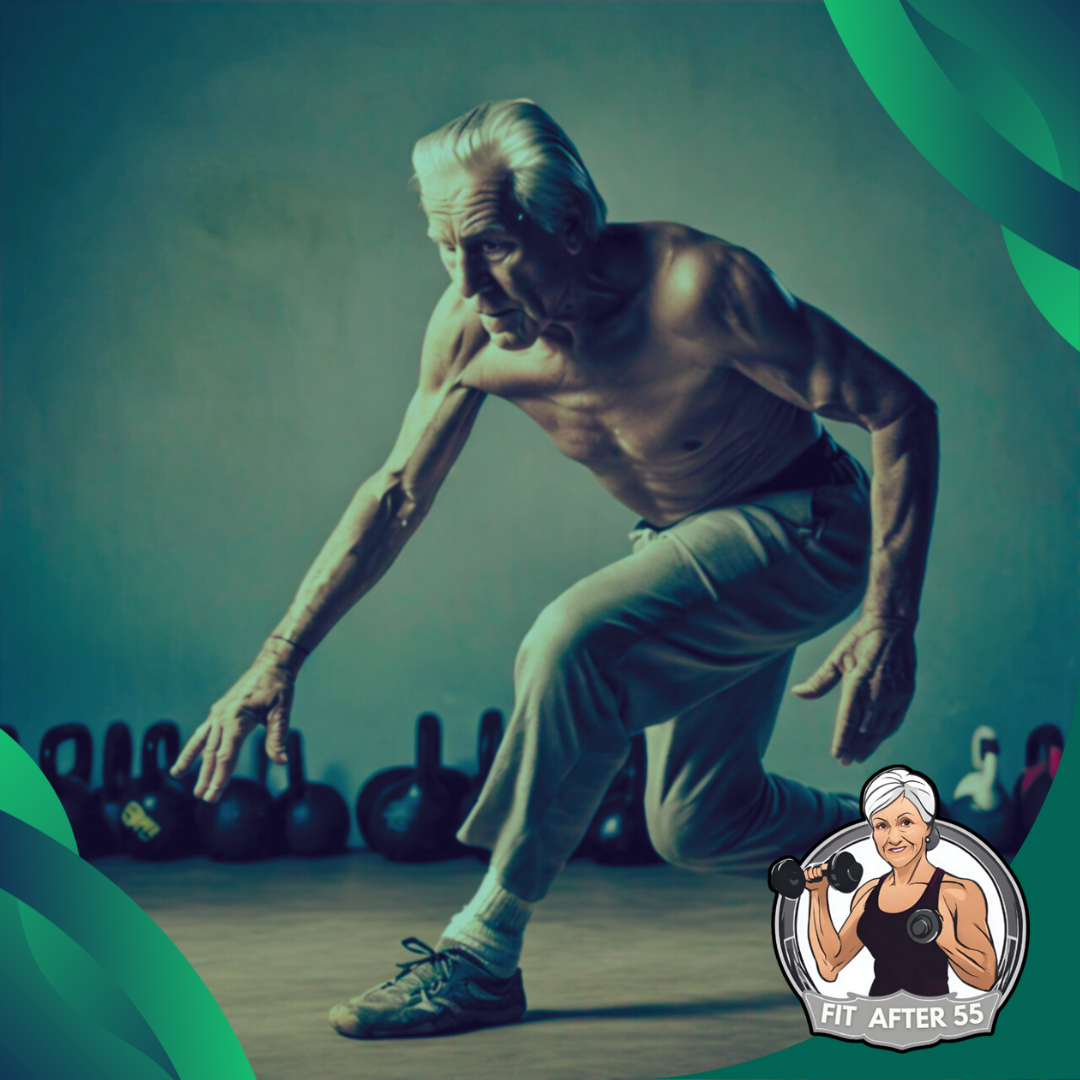
To Recap: A Quick Guide to Better Balance
Here’s a quick recap of the techniques we’ve discussed to enhance your balance:
| Technique | Description |
|---|---|
| Static Exercises | Simple activities like single-leg stands can significantly improve balance. |
| Dynamic Exercises | Heel-to-toe walks and Tai Chi introduce movement to challenge your balance. |
| Proprioceptive Training | Balance boards and cushions can further enhance your stability. |
By incorporating these techniques into your daily routine, you can improve your overall balance and reduce the risk of falls.
Coordination Exercises for Daily Efficiency
Introducing coordination exercises into your routine can turn everyday tasks into seamless operations. Hand-eye coordination is a solid place to start, and activities like juggling or simple ball exercises can help significantly. It may sound tricky at first, but with practice, you’ll be catching and tossing with ease.
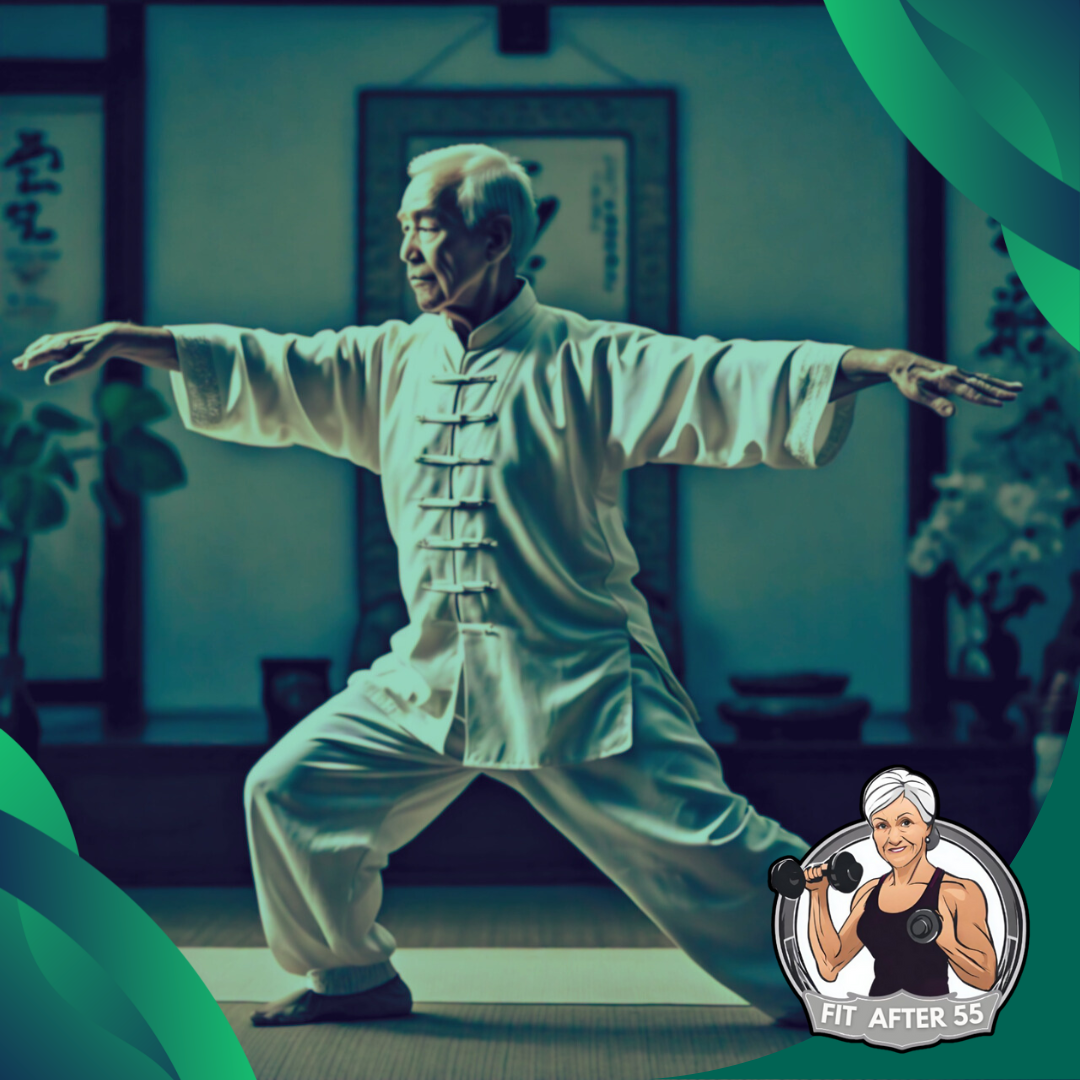
Improve Rhythmic Coordination with Dance
Dance isn’t just about the music – it’s about enhancing rhythmic coordination. Following a beat or routine helps your body learn to move in sync. You don’t need to be a pro dancer; just find some tunes you enjoy and let loose.
Add Agility Drills for Foot Coordination
Stepping and agility drills are perfect for injecting some movement into your day. These exercises, which include ladder drills and cone steps, improve foot coordination and quickness, keeping you sharp and ready on your feet for anything life throws at you.
Focus on Precision for Mind-Body Connection
Precision is key in coordination exercises. Focusing on exact movements not only trains your muscles but also sharpens your mind-body connection. It’s these little details that contribute to making everyday movements faster and more efficient.
Tools and Equipment to Aid Your Practice
Boosting your balance and coordination can be more fun with some handy tools. Balance beams and Bosu balls are awesome for creating an unstable surface, encouraging your body to adapt and strengthen. They’re like taking your exercises to the next level – literally.
Stability balls might remind you of childhood, but they’re fantastic for making basic exercises more challenging. Just sitting on one while working at your desk can activate muscles you didn’t even know you had.

Resistance bands are the unsung heroes of home workouts. They offer customizable resistance, making them perfect for both beginner and advanced exercises. They’re super portable, so you can fit in a quick session anywhere.
Technology has your back with apps designed specifically for balance and coordination training. These handy tools guide you through exercises and track your progress, helping you stay motivated and informed.
Understanding how to use these tools safely is important. They can enhance your routine, but take it slow at first. By introducing them gradually, you’ll avoid injuries while keeping your exercises fresh and effective.
In Short: Elevate Your Balance and Coordination
Here’s a quick summary of the tools you can use to enhance your balance and coordination:
| Tool | Description |
|---|---|
| Balance Beams and Bosu Balls | Create an unstable surface to challenge your balance and core strength. |
| Stability Balls | Add a fun and effective twist to everyday exercises, from desk work to core workouts. |
| Resistance Bands | Offer customizable resistance for a variety of exercises, perfect for home workouts. |
| Balance and Coordination Apps | Provide guided exercises and track your progress, helping you stay motivated. |
Remember to start slowly and gradually increase the intensity of your workouts to avoid injuries. By utilizing these tools, you can take your balance and coordination training to new heights.
Integrating Exercises into Your Lifestyle
Finding time for exercise can be a challenge, but fitting balance and coordination drills into your day is easier than you think. Try sneaking in a few moves while doing daily activities—waiting for the kettle to boil is a perfect spot for a quick stand-on-one-leg exercise.
Household chores are more than just tasks on a list; they can be a great workout. Think of squatting to pick up laundry or balancing on tiptoes to dust high shelves as a chance to practice your skills.
At work, you can keep things rolling with simple exercises. Replace your chair with a balance ball for a part of your day, or use your lunch break to take a quick balance-focused walk—little efforts add up.
The key to making it stick is building a sustainable routine. Start small, maybe with just five minutes a day, and gradually increase as it fits your schedule. Consistency is your best friend, so keep it realistic and suited to your lifestyle, then watch the benefits roll in.
Safety Precautions and Progress Tracking
Staying safe during your balance and coordination journey is crucial. Always be mindful of your surroundings when doing exercises, especially if you’re trying something new or using equipment. Look out for rugs, pets, or anything that might trip you up.
Consult a Healthcare Provider First
It’s wise to consult a healthcare provider before diving into any new exercise routine, particularly if you have existing health concerns. This ensures your workouts are tailored to your needs and allow you to push yourself without pushing too hard.
Track Your Progress
Tracking your progress can give you a sense of accomplishment and help keep your motivation high. Use a simple notebook, an app, or even a spreadsheet to keep tabs on what you’re doing, how you’re feeling, and what’s improving. This makes it easy to see patterns over time and adjust your routine accordingly.
Keep a Workout Log
Creating a workout log can be an eye-opener, highlighting how far you’ve come and where there’s room to grow. It’s also a handy tool to share with professionals if you need specific advice or adjustments.
Remember, improvement takes time. Celebrate small victories and don’t be too hard on yourself. Consistent practice, patience, and a positive attitude are your keys to success in building better balance and coordination.
We Say: Balance and Coordination Exercises for a Healthier, More Confident Life
Here, we’ve discussed the key benefits of balance and coordination exercises, practical routines to enhance stability, and tools that can help you stay safe and active. Reflect for a moment on your current health—do any of the challenges we discussed sound familiar? For those looking to age gracefully or stay active into their later years, building these skills now is a valuable step toward a more independent lifestyle.
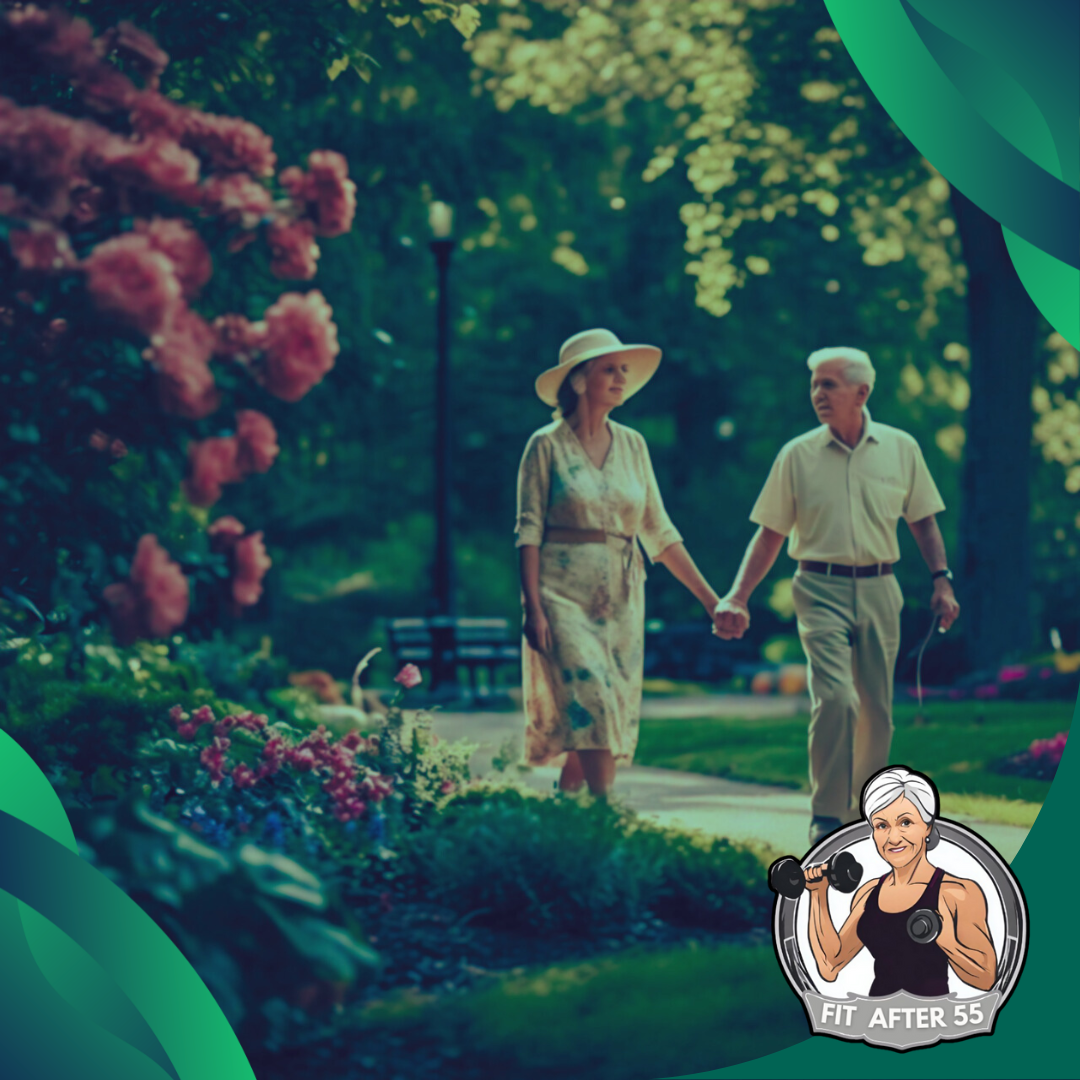
Wishing you strength and confidence in your health journey, especially to seniors seeking a more vibrant, fit life. Why not start today? Take a small step toward improved balance and coordination and see where it leads!
Frequently Asked Questions
To help you better understand the importance of balance and coordination exercises, here are some common questions and answers that highlight their benefits and practical application in daily life.
How do balance and coordination exercises impact long-term mobility?
Practicing balance and coordination exercises strengthens core and stabilizing muscles, which are essential for maintaining mobility and reducing joint strain as we age. This foundation helps prevent future mobility issues, keeping us active and independent longer.
Can I improve my balance and coordination even if I have limited mobility?
Absolutely. Many balance exercises can be adapted for seated or modified positions, such as seated leg lifts or gentle torso twists. With consistency, even small movements can improve stability and coordination over time.
How often should balance and coordination exercises be practiced for the best results?
Aiming for short, daily sessions or 3-4 times a week can yield steady improvement. Starting with just a few minutes and gradually increasing the duration helps build the habit without overwhelming your routine.
What lifestyle benefits can I expect from improved balance and coordination?
Enhanced balance and coordination make everyday activities easier and safer. This improvement can translate to a stronger sense of confidence, quicker reflexes, and even a reduced likelihood of injury during both routine tasks and recreational activities.
Strengthen Your Stability, Live Independently
Balance and coordination are vital for everyone—especially seniors. These exercises are not just for athletes; they’re key to living an active, confident, and independent life. Whether you’re in your youth or enjoying your golden years, improving balance and coordination helps you tackle daily tasks with ease and supports long-term mobility.
Want to learn more? Join us for expert tips, reviews, and a supportive community on these essential skills!
- Explore our official site for valuable resources: Fit After 55
- Connect with our community on Facebook: Fit After 55 Facebook
Start building your foundation for a more stable tomorrow, today!

